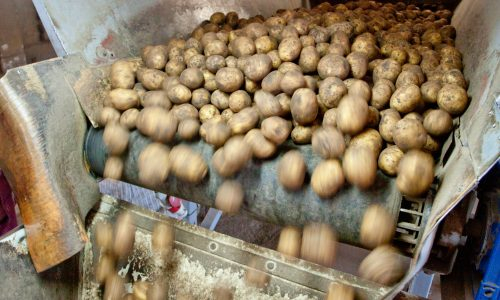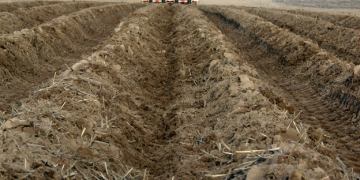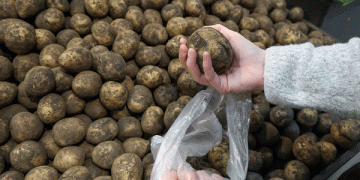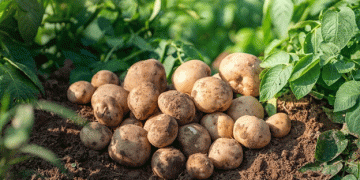Not every potato variety is used in the industry. Sectors have different demands on potato varieties in terms of quality. Consumers only notice this quality and taste at the final consumption stage and prefer the brand or product. The reason for the choice is mostly variety, but it is unknown to them. Also, they don’t have to know. As processors, we have to know the varieties and their suitability for preliminary or heat treatments, and when we take them to the processing line. We have to determine parameters such as temperature, time, and line load. Because the quality elements in potatoes determine the internal/external texture, general appearance, and holding time after frying of the final product with criteria such as dry matter%, enzymatic darkening tendency, crispness%, red sugar ratio, as well as organoleptic, flavor, taste, and smell. There is no room for mistakes in production.
The suitability of cut size determines the service type and sales points.
Shape characteristics and size of potato varieties have become the standards of factories and countries. While there are extra long, long, medium, and short length standards in America, it cannot be said that Europe complies with these standards. However, it would be appropriate to talk about a certain length standard due to competition. While the 6x6mm cut, called Julienne Cut, is served in boxes in fast-food hamburger stores (purpose: to make the box look full with fewer fries), the 9x9mm cut, called Regular, is served on plates in restaurants (purpose: to cover the plate with fewer fries). Fish & Chips chains, which are common in the UK, serve with fish thicker cuts such as 12×12 mm or 9×18 mm (steak cut), while in steakhouses, they are served for the same purpose. Russet can be stored and processed for a long time (8-10 months), which has been cultivated in America for many years and has a tuber shape that is cylindrical, that is, long (tuber form index) TFI: 2.0-2.2 Tuber length/width). Dry matter 20.5 – 21.5%. The dry matter distribution is good, and red sugar accumulation in storage is limited. The presence of this genotype, which is suitable to ensure high standards in French potato production in America. This variety was introduced to Europe in the 1980s with the entry of McDonald’s into Europe. It started to be planted, but the agronomy of this variety did not satisfy European producers. Russet Burbank did not satisfy European farmers, who were used to planting the Bintje variety in the past, for industrial purposes. From an agronomic point of view, Russet did not satisfy in terms of yield and quality aspects and its sensitivity to diseases. For this reason, in recent years, Russet planting has decreased in Europe, except in the UK. European varieties with light yellow and creamy flesh color varieties usage started for processing in the EU.






